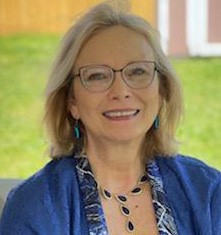 | 1.5 LU |
 | 1.5 LU |
Master Planning is distinguished from design in that planning helps to identify the underlying ethos and culture of a community and gauge its readiness for change. From this place of real understanding, it becomes possible to propose conceptual solutions to problems with suitable pathways for transformation. In a data-drenched world, it is not just the information we collect as much as the questions that are asked by our clients that shape outcomes.
Join us for this 90-minute interactive “call to action”. Together, we will learn how to create transformative master plans for small and large school districts to pave the way for transformative policy, programming, and precedence that will act as catalysts for the robust designs that follow.
From Sea to Shing Sea the US Virgin Islands, Puerto Rico, Boston, Cambridge, Detroit, Austin, San Antonio, Sacramento, and Hawaii are just a few districts that are changing the face of master planning. Join District Leaders, CBRE and DLR Group to hear from the experts about different lenses that can impact Master Plan results. Do a deep dive on five very different “calls to action”, processes, priorities, and outcomes. Key characteristics of a few examples are:
Content developed in this session will be developed into a white paper that will provide key questions that every district should be aware of when they develop their next master plan.
Learning Objectives:

Pam is a Senior Principal at DLR Group and is passionate about the return on investment of educational designs. Pam believes that economic, social, and pedagogical trends can shape built environments to engage students, educators, and communities. She brings regional and national design expertise in shaping outcomes that add value to people’s lives and learning spaces.

Sue is a Project Management Director with 30 years of experience in K-12 educational programming. The majority of her career has been spent working within various institutions to elevate and revolutionize their educational offerings. She is an accomplished and well-known voice in the industry, having authored multiple pieces on educational planning for A4LE and spoken at countless industry events. Sue leverages this deep and nuanced knowledge to help our clients establish consensus among committees of staff, teachers, administrators, and curriculum specialists to identify educational facility needs and priorities; write educational specifications for elementary, middle, and high schools; develop programs for new construction and renovation projects; and review spaces for program adequacy.